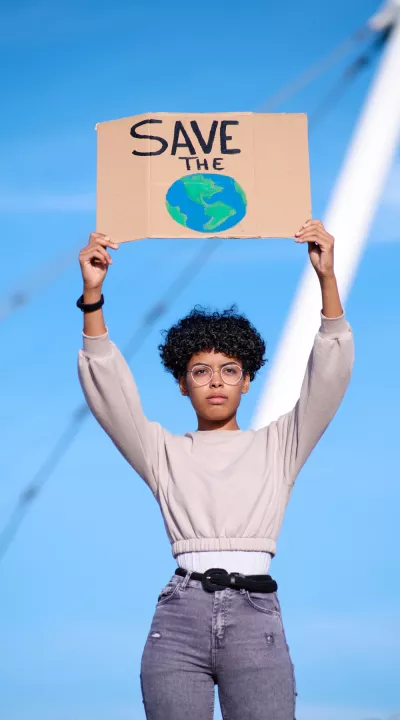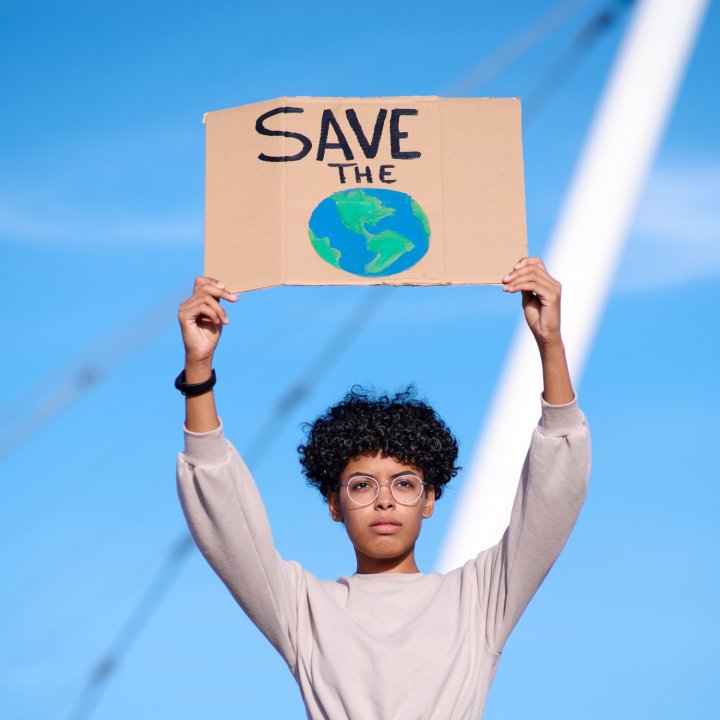Cities at the centre of climate change: Seizing opportunities towards transformation

Within two generations our entire energy system needs to be carbon free for the world to avoid dangerous impacts of climate change. This transformation needs to happen first in developed countries then in all countries soon afterwards.
With the majority of the world’s population residing in urban areas releasing more than 70% of global greenhouse gas emissions, the necessity for cities to take centre stage in addressing climate change is without doubt. Cities are often hotspots of climate vulnerability, hosting masses of marginalised and poor people that have little to resist floods, cyclones, and storms. Experts often talk about the need for an urban transformation towards low carbon and climate resilient development. In practical terms, such a transformation requires a significant makeover and adjustment of urban structures, its organisation, and its residents’ lifestyles.
By 2030, 60% of the world’s area is projected to be urban and much of that area is yet to be built. The decisions on urban planning made today determines a city’s face and footprint well into the next century, meaning that there is much scope and potential for this transformation.
However, there are heavy barriers for city authorities, including that of restricted financial and fiscal space, limited planning and implementation capacities, and overruling short term needs that require urgent attention.
Despite the barriers, there is a vital need for cities to respond to climate change. It is a fact that there is a huge prospect with a city makeover: Visionary urban development strategies with the goal of green, resilient, and more liveable cities. Here practitioners often talk about walkable cities, healthy cities as well as cities driven by citizens’ innovation.
Looking at urban areas around the world we find many pioneers are embarking on this transformation -- Durban in South Africa and Seoul, South Korea. The city of Dhaka also offers some unique examples of how an urban transformation can be brought forward in small steps. Examples in transport show that development and climate benefits can go hand in hand. The Compressed Natural Gas (CNG) introduced in the mid-1990s have reduced air pollution in the city and lowered the CO2 output in comparison to their leaded gasoline counterparts.
The design of the Bus-Rapid-Transit (BRT) System is an important step forward to transform mobility patterns, despite current project delays.
The eco-community Shobuj Pata or Green Leaf being built in the vicinity of Dhaka feature native vegetation in the form of green spaces and plant-covered walls and roofs to combat heat, filter air pollution and keep interiors cool is a transformation towards ecological sustainability within the city. Although the latter two projects are in the planning stages, the integration of such projects into urban development plans demonstrate at least a general degree of sensitivity among local authorities towards the problem.
For advancing climate friendly and resilient urban development around the world it will be key to involve actors at all levels. Local level innovation and solutions will have to be linked up with national and international development strategies and visions. Participation of affected groups, especially the marginalised and vulnerable, is a prerequisite for a fair transformation.
This year’s International Community Based Adaptation Conference, which takes place at the end of the month in Dhaka, rightly focusses on urban adaptation -- what works, what doesn’t, and how to initiate transformation towards a more resilient urban future. The potential and responsibility of city planners, developers, and other actors to realise climate and development benefits and global best practices in citizen engagement and leadership will be at the centre of the discussions. Likewise, the matter of financing the urban transformation will be a key issue the conference aims to address.
- This post was first published at DhakaTribune. -
Supported by The Climate and Development Knowledge Network (CDKN).
CDKN aims to help decision-makers in developing countries design and deliver climate compatible development.


